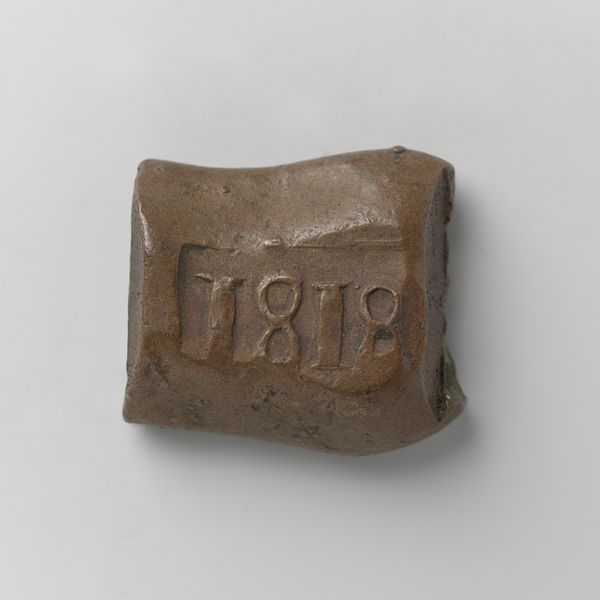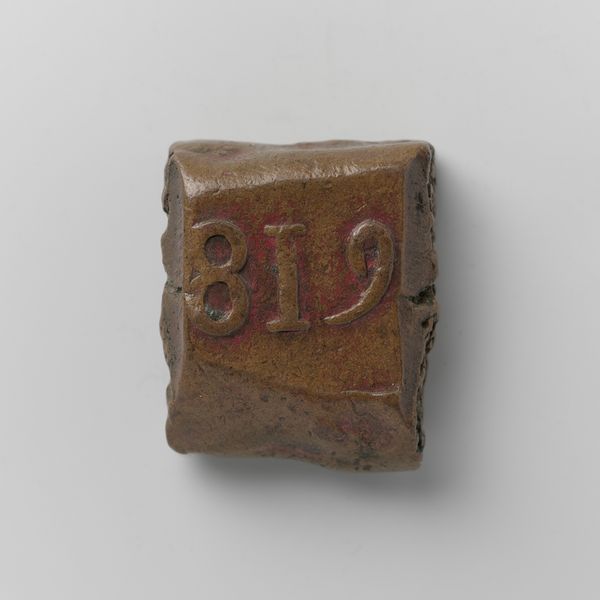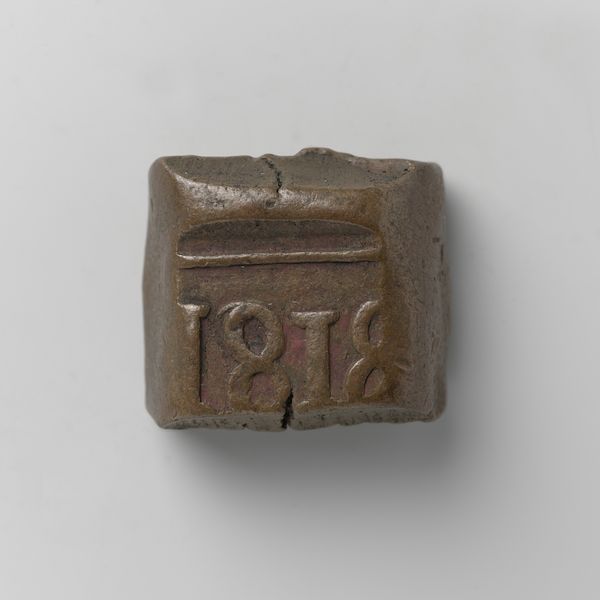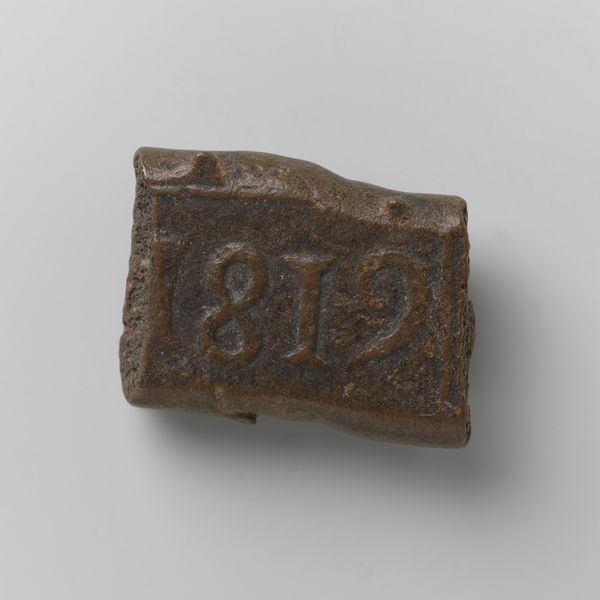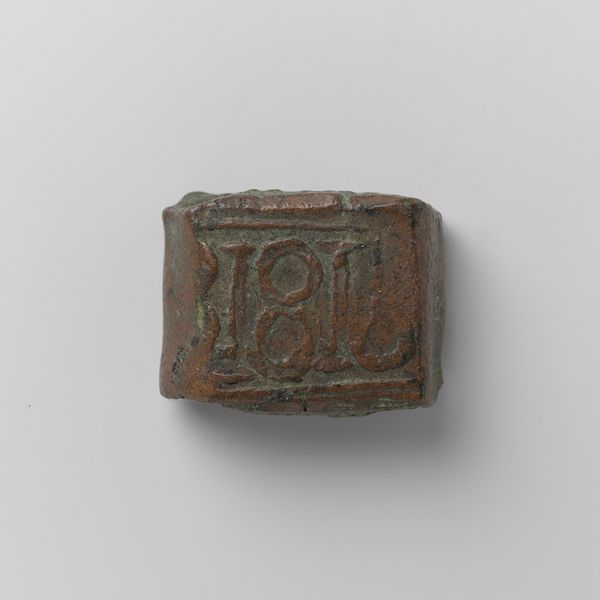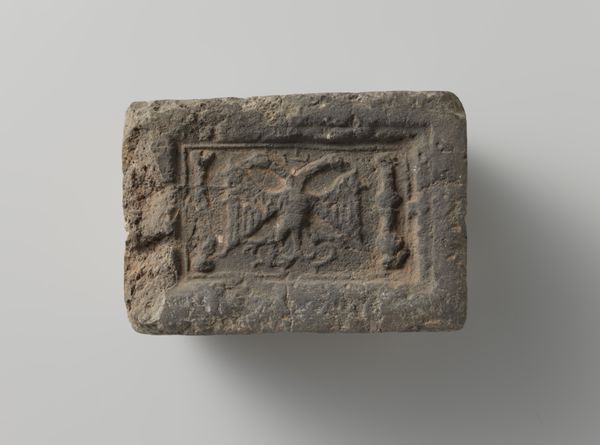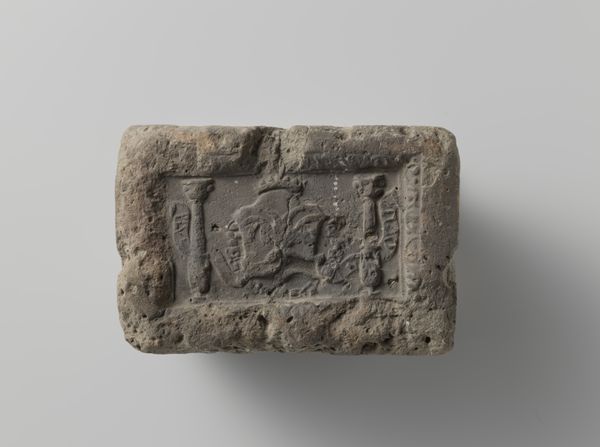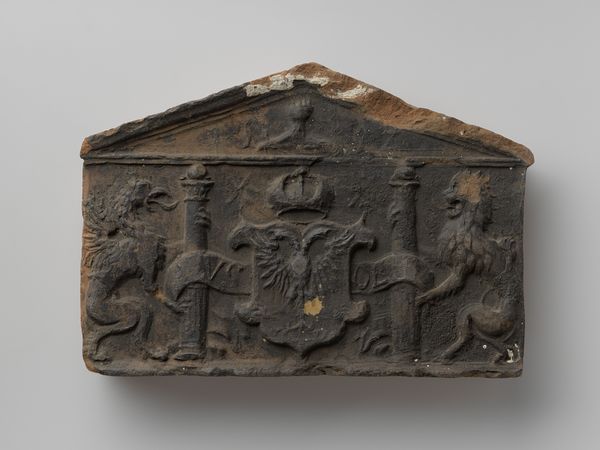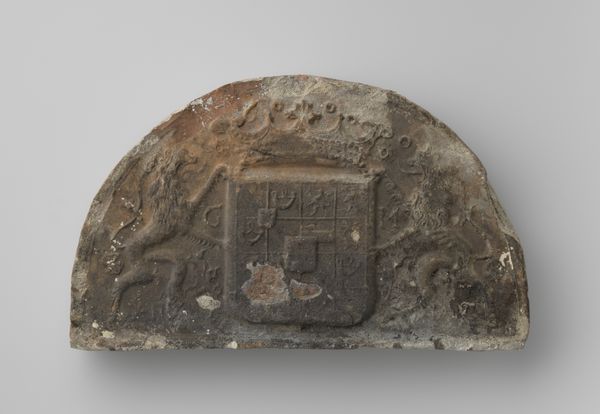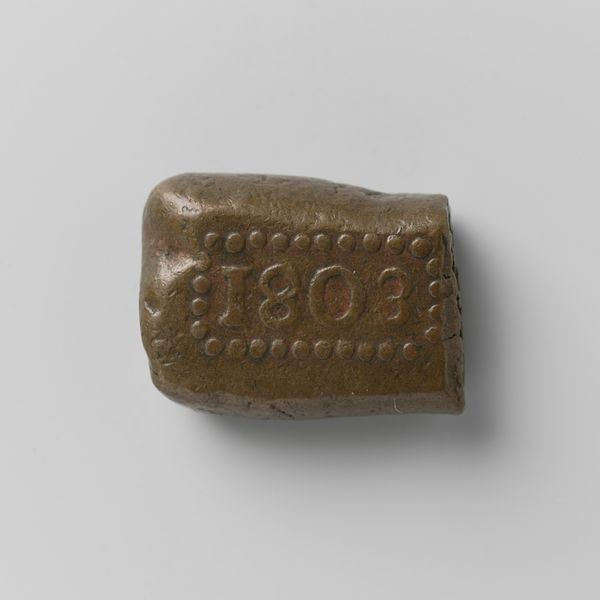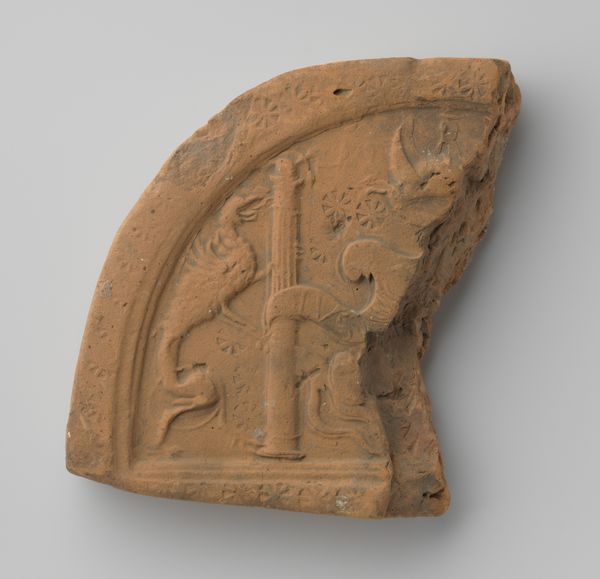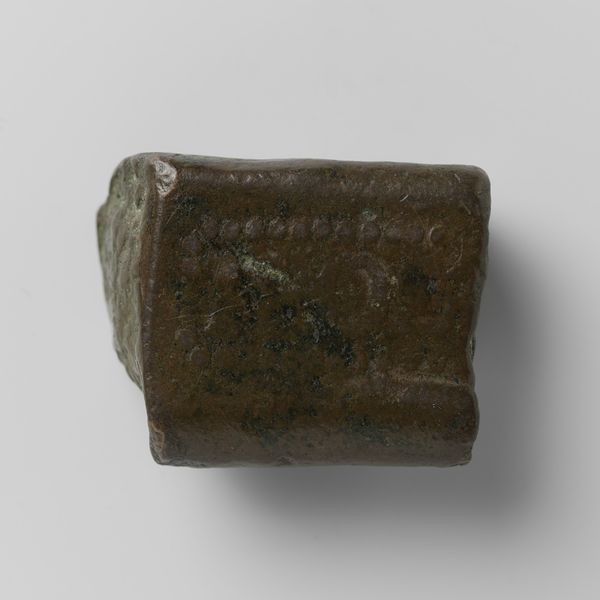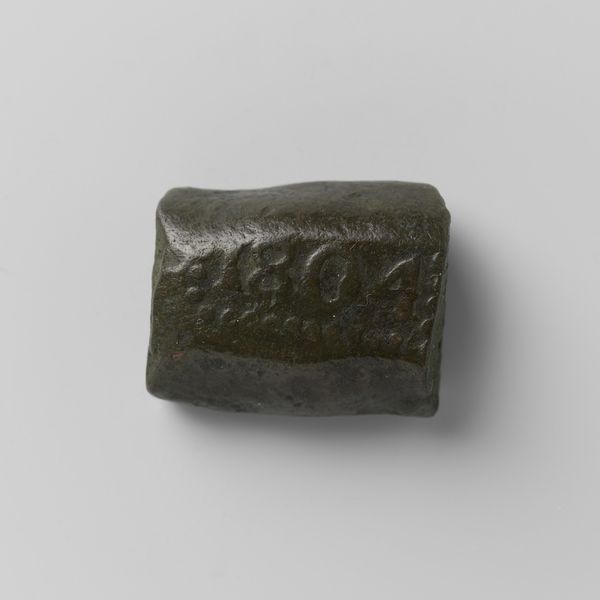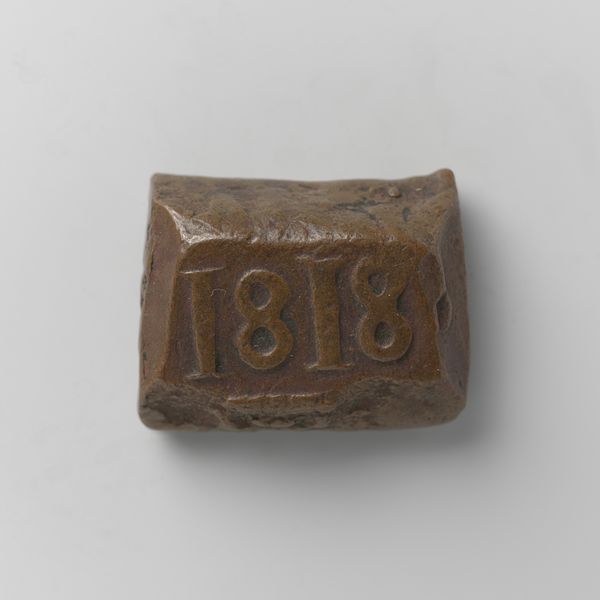
print, metal, bronze
# print
#
metal
#
bronze
#
geometric
Dimensions: length 2.3 cm, width 2.3 cm, thickness 1.1 cm, weight 32.07 gr
Copyright: Rijks Museum: Open Domain
This is a copper two-stuiver coin, commissioned in 1818 by Willem I for use in the Dutch East Indies. What’s fascinating about this coin is its crudeness. It's almost a primal form of money. You can see how it was made: molten copper poured into a rough mold, with the date and denomination pressed into the surface. The resulting object is imperfectly formed, its edges ragged and uneven. The planchet is a far cry from the perfectly milled coins of Europe. The decision to make it this way speaks volumes about the colonial context in which it was produced. It speaks of a certain disregard for refinement, and a focus on raw functionality. Consider also the labor that went into it. Its production was likely outsourced to local foundries in the Indies, whose workers would have been operating under difficult conditions. In its very materiality, this coin embodies the complex and often exploitative relationship between colonizer and colonized. So next time you reach for a coin, consider the story it tells, of empire, labor, and the base materiality of money itself.
Comments
No comments
Be the first to comment and join the conversation on the ultimate creative platform.
